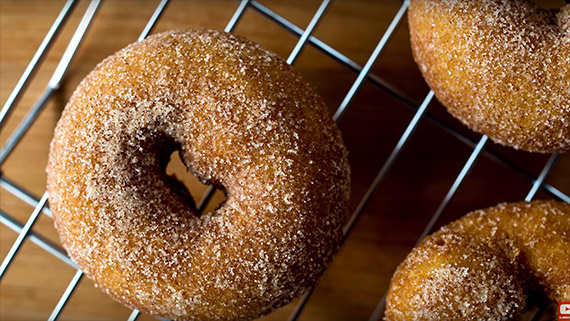The notion of photographing food can be an intimidating one. Often times, the task is associated with hours of finessing in the studio and in Photoshop to create something that looks relatively appetizing. However, capturing your favorite meal or snack in camera doesn’t have to be laborious and stressful. Commercial photographer Andrew Scrivani shares simple several tips on just what it takes to remove the headache from food photography:
1. Go natural.
Implementing a single directional light source often creates the ideal lighting situation for food. And what better directional light source than the sun? If a natural light source isn’t available, use studio strobes to create a similar directional light and color temperature.
2. Study the way light falls.
A directional light source can be hard and sharp, creating a look that isn’t flattering or appetizing, A scrim or diffuser can knock down shadows. In addition, take a moment to consider factors such as how translucent or opaque the food is; something as simple as a spray bottle filled with water can create a shimmer that adds depth to an image and makes the food infinitely more appealing.
3. Shape the highlights and shadows.
Although directional light is often an excellent way of illuminating subjects, it’s important to be aware of areas that might be getting too much or too little light. Bouncing the light with reflectors or cutting down light with dark cards can make a huge difference in the shape and look of an object.
4. Get to know your gear.
Every camera processes light just a little bit differently. Use equipment you’re comfortable with if possible and experiment to find the strengths and weaknesses of the camera.
5. Create an environment.
Bringing depth and detail to an image always makes things a bit more interesting. Props can be used to imply a larger, more natural space for food photographs and consequently can evoke certain moods and emotions. Use things outside of the food itself to tell a story and entice viewers.
By following these tidbits, it’s possible to take something complete ordinary and transform it into a scrumptious vignette. Though food photography can certainly be intimidating, the real trick to it is simple enough—just use the tools already at your disposal and pay close attention to the details!
Like This Article?
Don't Miss The Next One!
Join over 100,000 photographers of all experience levels who receive our free photography tips and articles to stay current:








Leave a Reply